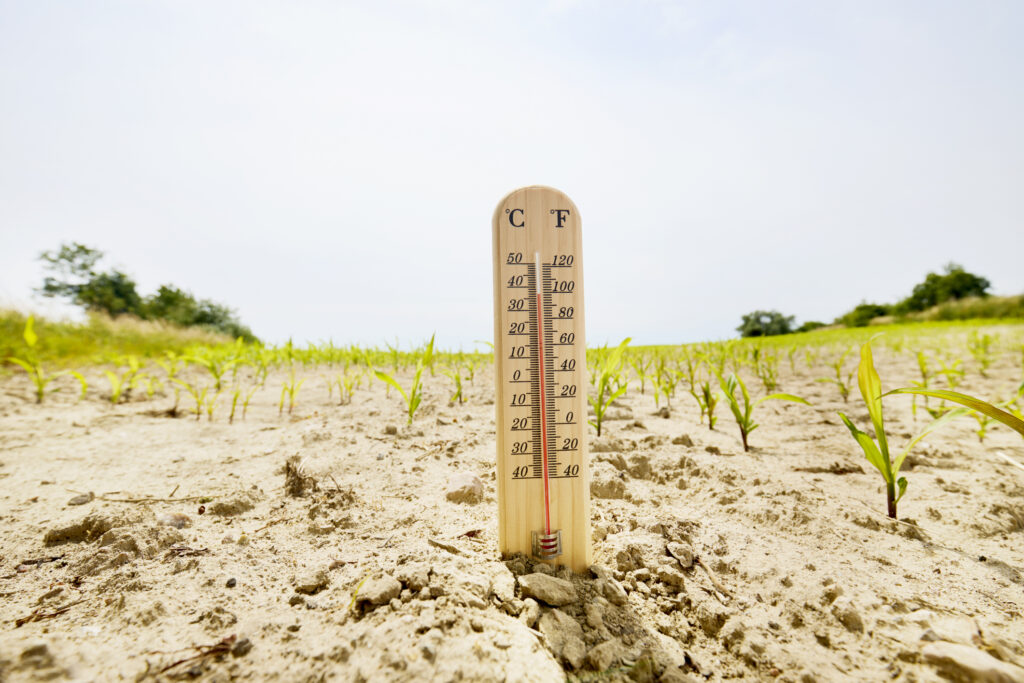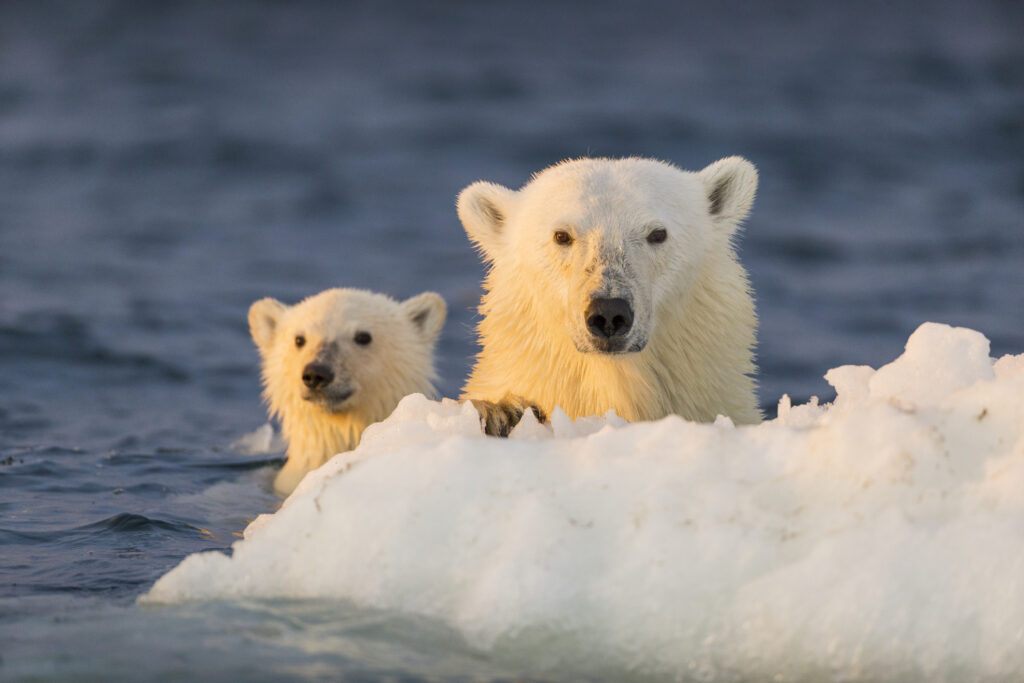A record number of sockeye salmon swam up Alaska’s Copper River this year, showing the salmon population in the region is healthier than ever recorded.
Records Blown Away
As of June 3, Alaska Department of Fish and Game officials counted 469,895 salmon passing a counting station upriver near Miles Lake outside Cordova. The tally blew away the previous record of 361,229, and it is more than double the tally recorded in eight of the past 12 years.
Fish and Game officials counted 83,062 sockeye salmon—often called reds because of their deep, distinctive color—on May 29, destroying the previous single-day record of 46,182, set on May 31, 1997.
Statewide Numbers Surge
Geron Bruce, assistant director for the Alaska Department of Fish and Game, Commercial Fisheries, says fishermen may be on their way to harvesting a record number of sockeyes throughout Alaska.
Bruce noted a record 1.9 million sockeyes were harvested in the state in 2007. “We’re at a million right now,” Bruce reported, noting that it is still very early in this year’s season.
Fish and Game officials have loosened fishing restrictions because of the high salmon counts. For instance, dipnetters—those who scoop fish from the water using a long-handled net—were allowed to keep an additional seven to ten sockeyes in early June. Dipnetters are normally only allowed to keep 15 fish per person, or 30 per household of two or more.
Bruce said depending how the season progresses, more restrictions may be loosened.
“I don’t want to call this a [statewide] record number,” he said, “but it’s certainly large. Still, it’s too early in the season to know for sure if it will be a record number.… Right now, though, fishing has been liberalized in all the fisheries targeting sockeye salmon.”
Others are also taking note of the seasonal high. Alaska Native News reports the fish are healthy and larger than normal, in the range of 15-20 pounds.
Ideal Environmental ConditionsBruce credited the surge in salmon to a variety of factors.
“We have a management system based on science,” he said. “We’re good at doing that. Then we put a lot of effort in monitoring the run during the season. And number two, the environmental conditions were right.… This year, things just lined up well in all the factors.”
On May 17, the day the commercial season opened, 150,000 fish were caught in a single 12-hour period, Bruce said.
Cheryl Chumley ([email protected]) is a digital editor with the Washington Times’ newest endeavor, www.Times247.com.




